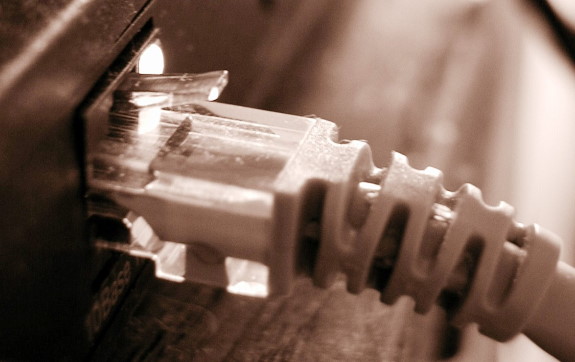Mark Zuckerberg has a duty to his shareholders to deliver profits consistently, and he can only do that if the company finds new ways to reach people. If it can't get more subscribers and members out of the enormous number of internet users that exist in the world right now, it will have to come up with new ways to achieve its aims. Now it appears that it might have done. Starting next year, Facebook is getting into the business of creating more internet users by laying new high-speed cables all over the world.
This is far from Facebook's first attempt to diversify its offerings in search of new members, but it might be the most innovative. We've already seen the company attempt to pick up users from Pinterest and Snapchat by launching broadly similar services. We've even seen it attempt to reach online slots users by partnering with another company to launch a Facebook-based online slots casino service. There are millions of people who play Microgaming slots every day all over the world, and it seems Facebook thought it might be able to persuade some of them to sign up. That still might be the case, but now it appears that it wants to broaden its horizons via a more direct route.

To lay these new cables, Facebook has had to come up with a totally new type of technology. Rather than making use of existing cables or existing methods to lay new ones, it’s invented a powerful robot that spins fiber in double-quick time to get the job done faster. The new robot has been called “Bombyx,” which is taken from the Latin word for “silkworm.” The prototype of the robot has already been built and tested within the company’s factory facilities. At the start of 2021, it will head out ‘into the field’ and begin laying high-speed internet cables in the real world. Based on the artist's impressions and sample images that Facebook has made available so far, Bombyx won't be spending much time burrowing into the ground. Instead, it will travel along existing power lines above streets and across fields, pulling itself along the wires and fixing new cables to them as it goes. Using impressive artificial intelligence and sensor technology, the robot will 'see' poles coming and raise itself up so it can pass safely over them, before resuming the process of laying new cables. It's set up to deal with constantly being exposed to medium-voltage power lines of the kind that are in extensive use all over the planet, and so the machines can, in theory, work in almost any developed country in the world.
When news of the robot was first announced, some commentators speculated that Facebook might be about to set itself up as an ISP and sell access to the internet directly to new consumers. That doesn’t appear to be the case. Facebook wants to make it cheaper for existing ISPs to provide internet access to users in their domestic territories, allowing more people to come online by lowering the price barrier that currently prevents them from doing so. Their hope is that the more people there are online, the more people there will be taking advantage of their new freedoms and registering for Facebook accounts.
As keen as the company is to open up the internet in this manner, it won’t be paying for the creation and distribution of Bombyx units itself. Instead, it will offer the units for sale with a non-exclusive license and market to its technology partners around the globe. The price for producing a single unit of the device isn’t yet known, but Facebook’s theory is that buying multiple units of the robots and using them to lay new cables will still result in significant expansion and cheaper provision for any ISP that decides to invest. That should make the internet not only easier to access, but faster for the average user.
At the time of writing, only around fifty percent of all the people in the world have access to an internet connection. That's despite the fact that about eighty percent of those disconnected people live in areas where they could gain access to a network with speeds at 3G levels or better. They're not online because they can't afford it, and so Facebook's innovation should both reduce the price to a level they can afford to spend and upgrade those 3G connections to 5G. This isn't just about residential or domestic internet users, though. In some parts of the world, network infrastructure for hospitals and schools isn't fit for purpose and can lead to costly delays in the transmission of information between facilities. Facebook hopes to reach business users as well as domestic internet clients through Bombyx, and profit handsomely from doing so.

If Facebook is successful with this new endeavor, it will be succeeding where national governments have failed. Billions of dollars have been spent in the United States of America in attempts to upgrade the country's network facilities, but the price of installing cables is still high, and that cost gets passed on to the end-user. This is mainly because most existing strategies involve digging up roads to lay new cables beneath them. Bombyx removes that requirement and thereby eliminates a significant proportion of the cost. Presuming this works, we may finally see the high-speed fiber connectivity revolution that we were initially promised ten years ago. Google paused its plan to roll out super-fast fiber connections in 2016. In 2021, Facebook might pick up where they left off and get the job done.